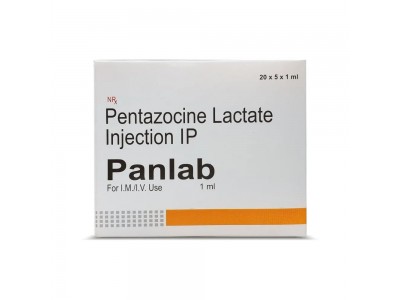Pentazocine is a medication primarily used to treat moderate to severe pain. It is a synthetic opioid analgesic that works by binding to opioid receptors in the brain and spinal cord, which helps to decrease the perception of pain and the emotional response to it. Due to its unique pharmacological profile, pentazocine has both agonist and antagonist properties at different opioid receptors. This dual action can help manage pain while potentially reducing the risk of some of the side effects typically associated with opioid use, such as respiratory depression.
Pentazocine is available in various formulations, including tablets and injections. The injectable form can be particularly useful in managing acute pain, such as that experienced post-surgery or due to injury, while the oral form is often used for ongoing pain management.
While effective for pain relief, pentazocine is not without risks. It can cause side effects such as dizziness, nausea, sweating, and confusion. There is also the potential for misuse, dependence, and withdrawal symptoms if used improperly or for extended periods. Because of these risks, pentazocine is typically prescribed with caution, particularly in individuals with a history of substance abuse or addiction.
In addition to its use in pain management, pentazocine has been utilized in some cases to treat pain associated with certain medical conditions, such as cancer or chronic pain syndromes. However, its use in these scenarios is carefully monitored and balanced against potential risks, particularly given the availability of other pain management options with different risk profiles.
Overall, pentazocine is a valuable tool in the arsenal of pain management, offering an option for those who need effective relief from moderate to severe pain while requiring careful oversight to manage its potential risks and side effects.
